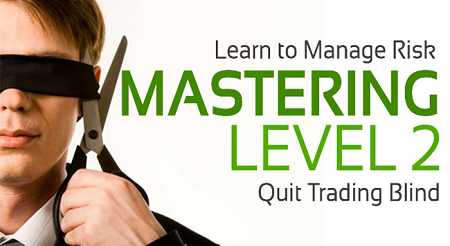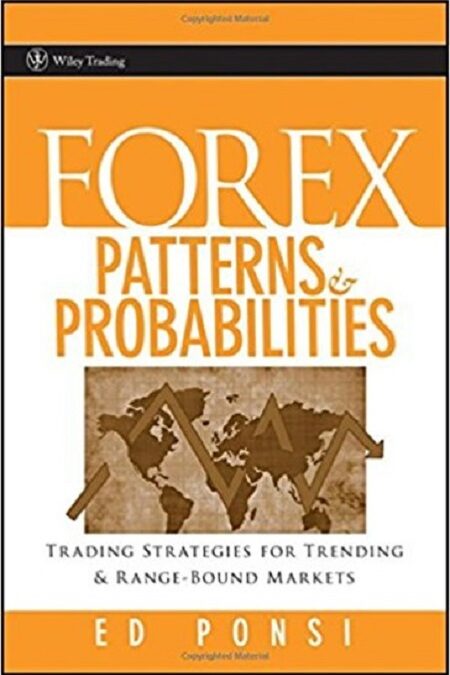
ClayTrader – Mastering Level 2 | 1,1 GB
Can gaining an advantage against other traders (your competition) truly be this easy? How can this be? Simple.
The majority of traders choose not to use Level 2’s, and some do not even know what it is.
I don’t know all the reasons “why” this is the case, but the fact of the matter is this: if you learn to master Level 2, you will be able to dominate your competition.
If there is one thing all traders can agree on, it is this: any type of trading advantage you can gain is something that should be utilized to its fullest potential. Learning to use Level 2’s is a great way to give yourself the upper hand over the majority of traders.
Besides mastering the art of trader psychology, the other key component to long term trading success is learning to manage and limit risk. Risk management is an art in and of itself, and Level 2 is the driving force behind accomplishing this essential skill set for trading. By learning to utilize Level 2’s, you will not only know when the risk is in your favor, but you will learn to monitor (and therefore benefit from) the emotions of other participants in the market.
The other massive benefit to Level 2 is that penny stock CEO’s cannot hide from them. If they are diluting, this is all going to show up on Level 2. Are some traders shorting and now getting caught in a squeeze? Once again, this is all going to be apparent on Level 2.
The video training is all about details and in-depth explanations. There are no broad explanations that leave you with the feeling of being incomplete and worst yet, not feeling confident. All the areas and components of Level 2 analysis are covered step-by-step in a very logical and easy to understand presentation.
The Exact Videos You Will Receive
– Introduction
– Laying the Foundation
– Terminology and Functioning: Part 1
– Terminology and Functioning: Part 2
– Terminology and Functioning: Part 3
– Establishing the Context of Risk
– Determining Shorting, Dilution and Reality: Part 1
– Determining Shorting, Dilution and Reality: Part 2
– Calculating Risk for Entry and Exit Points
– Case Studies and Practice
– Broad Concepts and Misconceptions
– Conclusion




